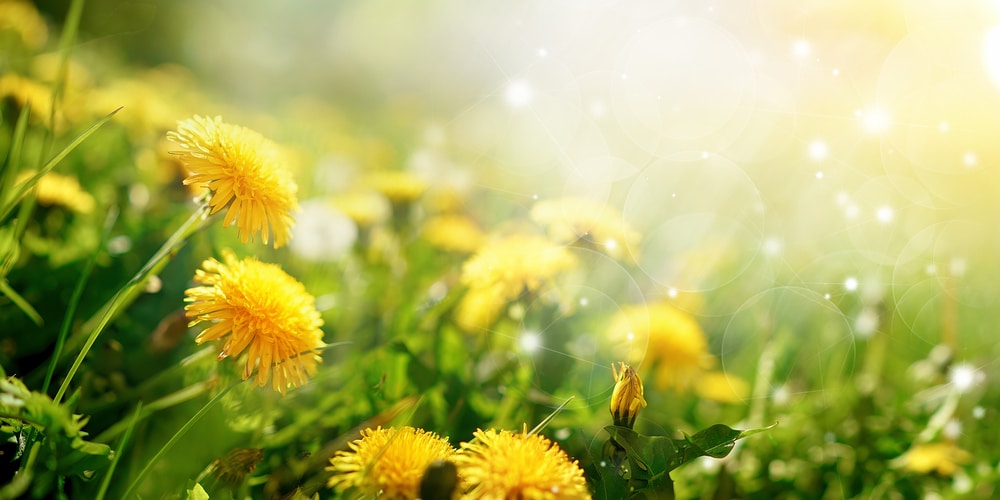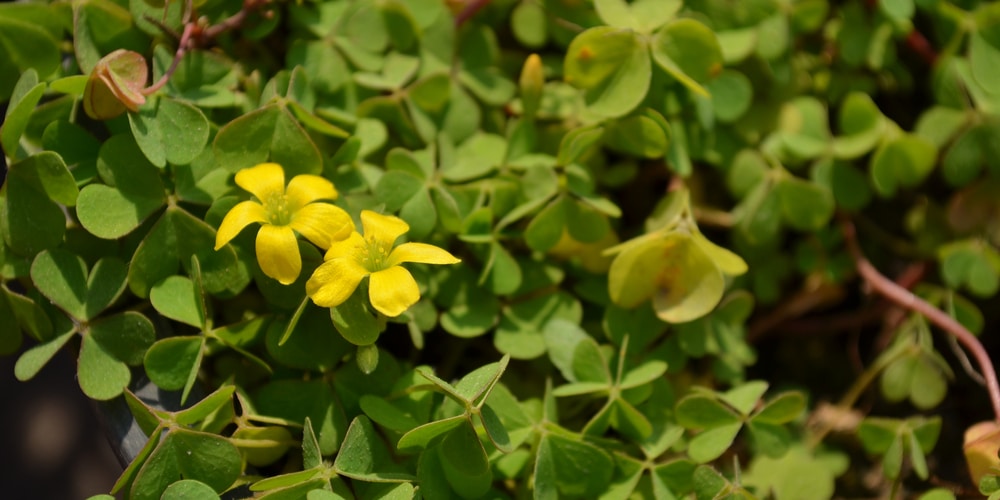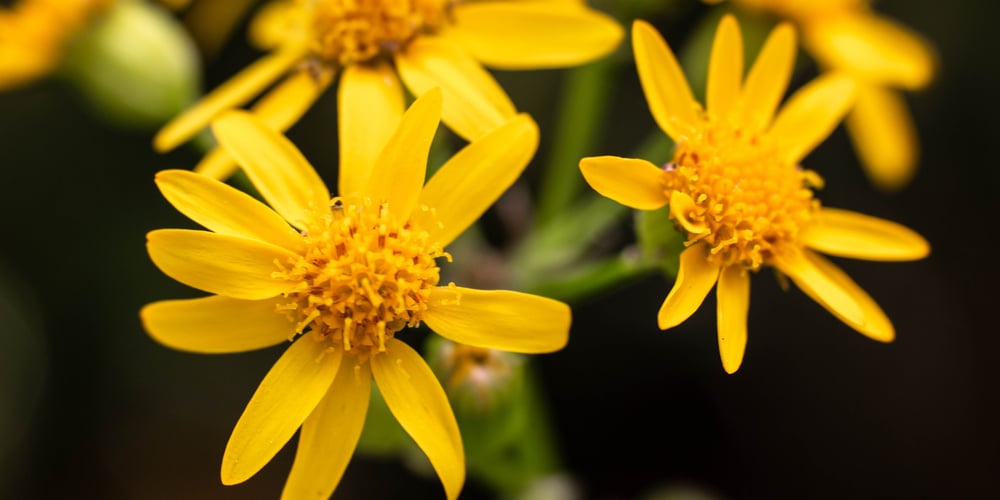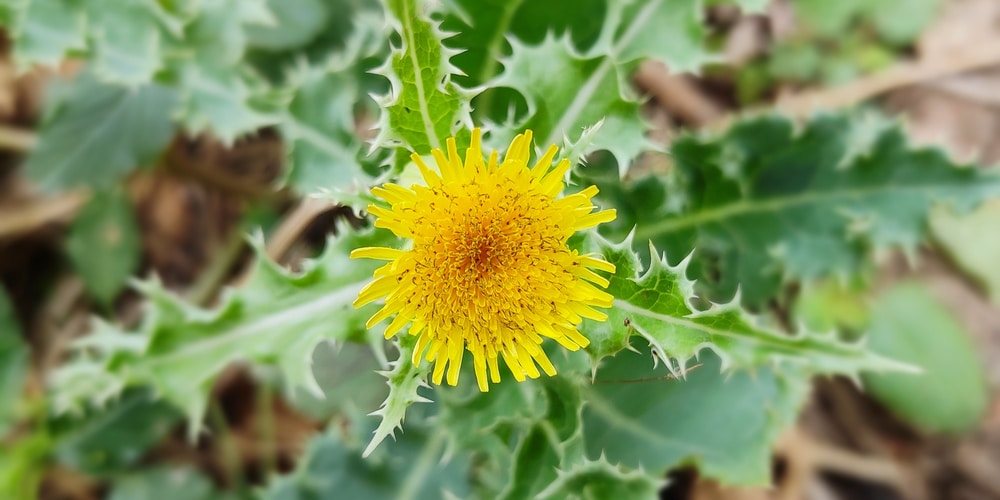Are you trying to maintain your lawn healthy? Have you noticed small yellow flowers in your grass? You might have already encountered weeds. Despite the negative connotation, some weeds might be attractive at first.
Many produce flowers, which may increase (for a while) the aesthetic appeal of your garden. However, weeds shouldn’t stay on your lawn: after all, they will deprive your grass of essential nutrients and water, leading to a weaker turf.
Still, learning to recognize the common lawn weeds might help you understand which actions you must take when they appear in your garden.
In this essential guide, we put together a list of small yellow flowers you may encounter on your grass. With this information, you can make decisions regarding removing or keeping them.
Small Yellow Flowers in Grass
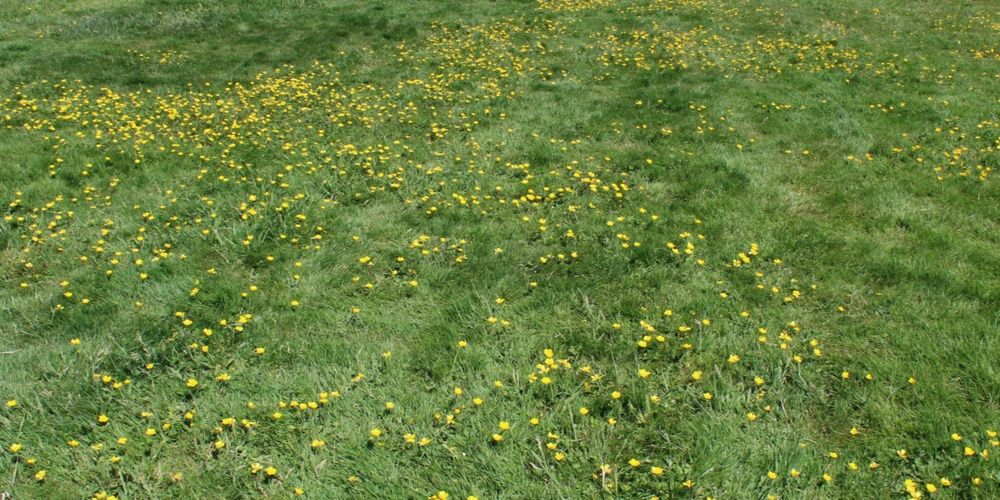
Many weeds produce tiny yellow flowers. And while they might increase the number of beneficial pollinators visiting your garden, keeping them on your lawn might cause your turf several issues.
Also, they might be challenging to control when they invade your garden. Here is a list of some of the most common weeds that display yellow blooms in the flowering season.
Dandelion
The dandelion is one of the first wildflowers that come to mind when thinking about tiny yellow blooms. You shouldn’t have problems recognizing it. But when in doubt, look at the petals; they should be numerous and rectangular.
The plant has green leaves low to the ground with characteristic edges. Dandelions thrive in unhealthy turfs and (if you don’t take measures to remove them) will come back every year.
The measures you should take to get rid of these weeds depend on the severity of the issue. For instance, if there aren’t many dandelions on your lawn, you can consider hand-pulling them. However, you’ll have to ensure you take the plant from its roots. Alternatively, you can spray dandelions with a broadleaf herbicide.
Oxalis
Oxalis is another common weed that displays yellow and delicate-looking blooms in the spring. Despite looking harmless, we recommend you remove it as soon as you notice it to save yourself headaches in the future.
Indeed, it is an aggressive spreader that is often challenging to remove. Be patient: getting rid of this weed might take time. Oxalis might look like a clover plant but bears yellow blooms that will add a spark of “life” to your yard. Still, take prompt action to eliminate it from your garden.
While we tend not to recommend using herbicide, if you have this weed (also known as buttercups) in your garden, you should consider applying chemical control measures.
Purslane
Purslane is a creeping weed, that can be used as a ground cover. It has vivid red stems that produces tiny yellow flowers during the spring. The plant grows in a circle close to the ground, and its blooms are star-shaped.
Hand-pull it as soon as you notice it in your garden: it is the most effective method to prevent the situation from getting out of your hands. Of course, you can also apply suitable herbicides.
However, chemicals will be more effective on young plants. This weed might survive on the ground for several years before germinating again: keep that in mind!
Ragwort
Ragwort is a noxious weed that you’ll find throughout the United States. It often causes issues in partures since it is toxic to cattle. However, if the conditions are favorable, they may also appear on house lawns.
If you notice the appearance of rosettes with bright yellow flowers, you should take action to remove ragwort from your garden. While you can get satisfactory results from hand-pulling, with severe infestations, it is always best to purchase suitable herbicides.
Sow Thistle
Finally, another common weed you might have to deal with on your lawn is the sow thistle. Like the dandelion, you’ll find this weed in most climates: from tropical to arid parts of the world.
To identify the sow thistle, look at the flower: it is bright yellow, with a puffy seed head, and only opens when the sun is out. Contrary to the dandelion, which only has one flower per stalk, the sow thistle will have plenty of blooms.
Also, when you break the plant, it will release a white sap, similar to milk. People have used that substance for centuries due to its medicinal properties. Pull it by hand as soon as you notice it in your garden. If you don’t do so, you will deal with an infestation!
